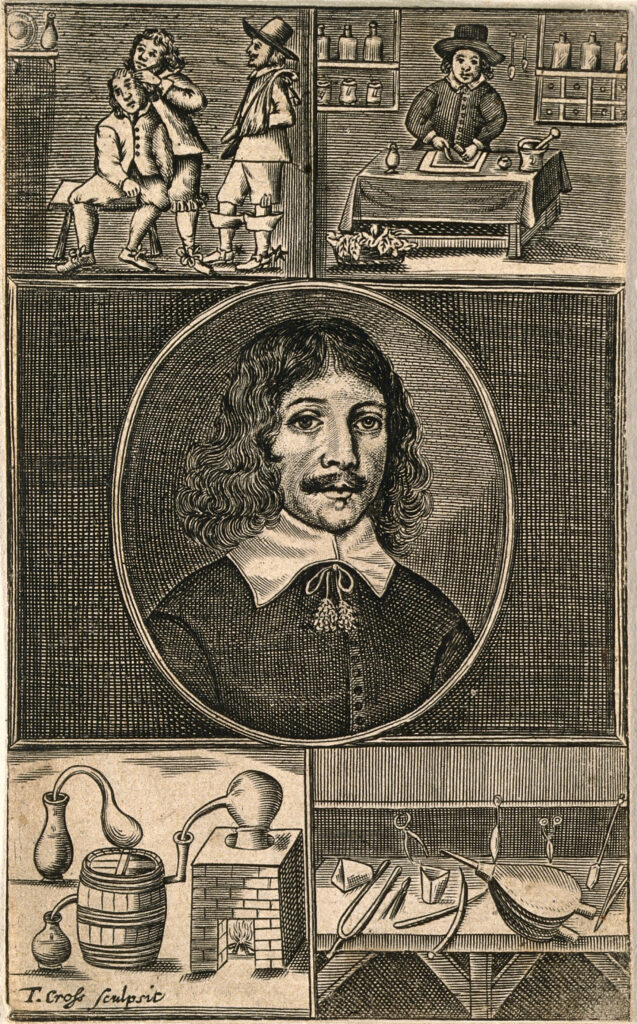Elaine Leong
University College London

Little is known about Thomas Brugis (c. 1620 to c. 1651) who likely lived and practiced in Rickmansworth, Hertfordshire, aside from biographical details revealed in the prefatory materials of the two books. Scholars speculate that he studied at the University of Paris, under Jean Riolan the younger (1577-1657), around the same time as the physician James Primrose (1600-1659). Brugis authored two successful books – a general medical guide titled The Marrow of Physick. Or a Learned Discourse of the Severall Parts of Mans Body (1640) and the Vade Mecum: Or, A Companion for a Chyrurgion (1651), a surgical manual. In the preface to the Vade mecum Brugis draws his authority from experiences gained as a surgeon in the civil war, given that the book is dedicated to the Royalist William Cavendish, third earl of Devonshire, it is clear on which side Brugis fought. Additional evidence indicates that Brugis was a recusant, was fined and had his estates sequestered in the 1650s for his Catholic beliefs.
Further Reading
Peter Elmer, Early Modern Practitioners Project, http://practitioners.exeter.ac.uk/.
Jenny Ward. 2004 “Brugis, Thomas (b. in or before 1620, d. in or after 1651), surgeon.” Oxford Dictionary of National Biography. 18 Jan. 2019. https://doi.org/10.1093/ref:odnb/3769
